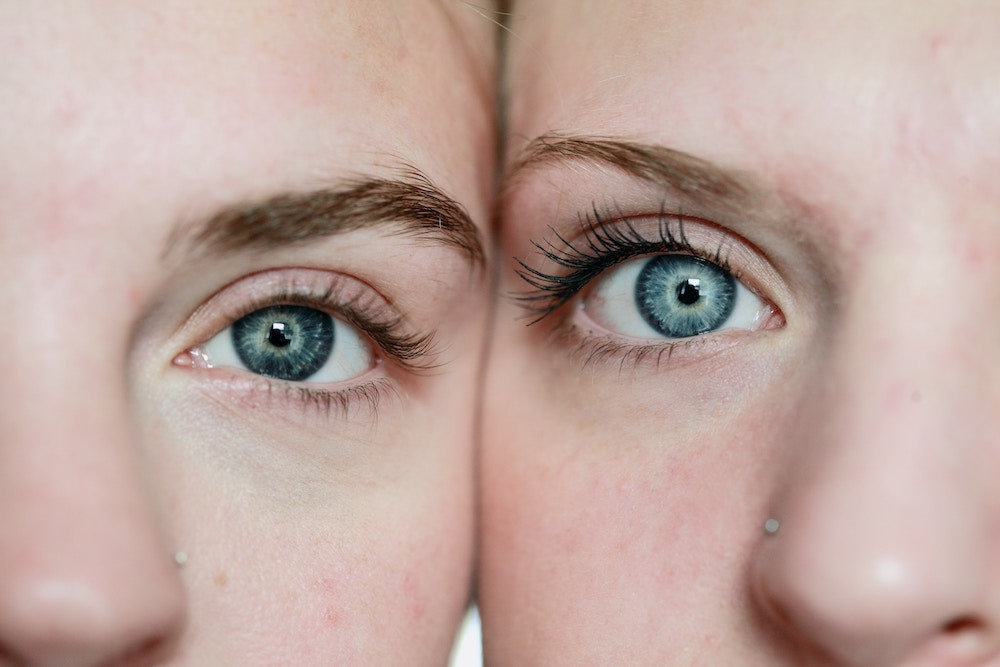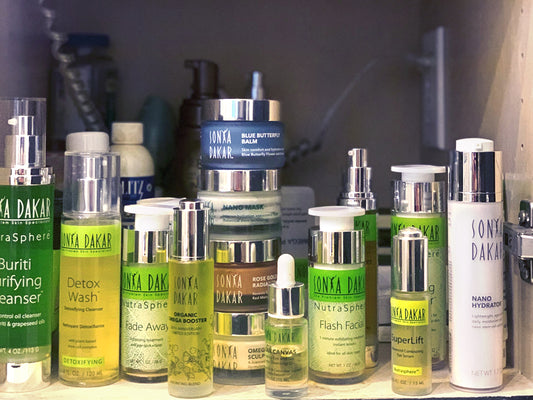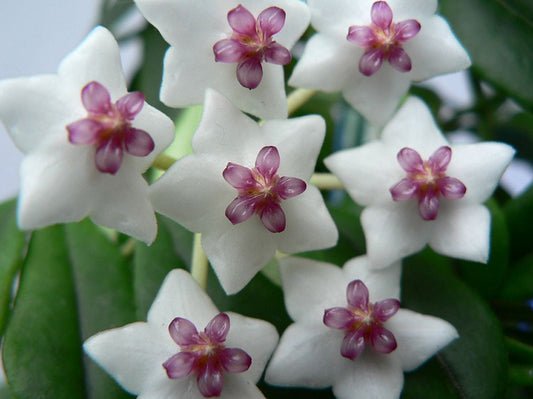Rosacea is a common skin condition that affects approximately 415 million people globally according to a report by the National Rosacea Society.
While rosacea is a chronic condition, it is manageable with the right knowledge and tools at your disposal. In this blog post, we’ll delve into everything you need to know about rosacea, from its symptoms and causes to effective home treatments. Read on to equip yourself with the essential information to tackle rosacea head-on.
What is Rosacea?
Rosacea is a chronic skin condition that primarily affects the facial skin. It is characterized by redness, swelling, and visible blood vessels, most commonly appearing on the nose, cheeks, forehead, and chin. While it can be a bothersome condition, understanding it is the first step towards managing it effectively.
What are the Signs of Rosacea?
Being able to identify the signs of rosacea early on can be a game-changer in managing the condition. Here are the telltale signs you should be aware of:
- Redness on the Face: A persistent redness on the cheeks, nose, or other areas of the face is a common sign.
- Visible Blood Vessels: You might notice small blood vessels becoming visible on your skin.
- Swollen, Red Bumps: Some individuals experience bumps that may resemble acne.
- Eye Problems: Rosacea can also affect the eyes, causing irritation and redness.
What are the Symptoms of Rosacea?
Beyond the visible signs, rosacea can also cause discomfort. Some of the symptoms include:
- Sensitive Skin: Your skin may become sensitive, with a burning or stinging sensation.
- Dry, Rough Skin: You might find that your skin feels dry and rough to the touch.
- Flushing: Many people experience frequent flushing or blushing.
- Enlarged Nose: In severe cases, rosacea can cause the skin on the nose to thicken, resulting in an enlarged nose.
How Common is Rosacea and Who Does it Affect?
Rosacea is a widely prevalent condition, affecting millions of individuals worldwide. Here are the key statistics and affected demographics:
- Age Group: While it can affect individuals of any age, it is more common in people aged 30 to 50.
- Gender: Women are more commonly affected than men.
- Skin Type: Individuals with fair skin are at a higher risk of developing rosacea.
What are the best products to use to treat rosacea?
Managing rosacea effectively involves a tailored skincare regimen that incorporates ingredients designed to soothe irritation and reduce inflammation. Below, we highlight some of the most effective product to control rosacea and prevent flare-ups as recommended by celebrated esthetician Sonya Dakar:
1. Use a Gentle Face Wash
A gentle face wash prevents further irritation and helps maintain the skin's natural barrier, crucial for those with rosacea. Try Sensi Wash or Buriti Oil Cleanser. Both are gentle on skin, sulfate free, and use natural ingredients to soothe and hydrate skin.
2. Hydrate Hydrate Hydrate
Hydrating often soothes rosacea symptoms by reducing dryness, decreasing irritation, and supporting the skin's protective barrier function. Nano Hydrator is a lightweight daily moisturizer that absorbs fast and is rich in super antioxidant rich oils of acai, Mukul myrrh, jojoba and avocado to help fight skin damaging free radicals.
3. Nourish and replenish with a facial oil
Omega-3-rich products can reduce inflammation, nourish the skin, and strengthen its barrier, helping manage rosacea symptoms effectively. Try Organic Omega Oil, the first of its king facial oil launched by Sonya Dakar in 1983. All natural and rich in Omega 3, 6 and 9 to allow skin to strengthen collagen matrix as well as soothe irritated skin.
4. Calm and protect with a natural face balm
Calming face balms add another layer of protection from cold or dry weather conditions. They also help seal in moisture to keep your skin barrier strong. Try Blue Butterfly Balm packed with calming extracts of the Blue Butterfly Flower and Kalahari Melon along with natural soothing oils of macadamia, cupuaçu, and evening primrose.
5. Use a specialized skin calming mask
Calming face masks can soothe irritation, reduce redness, and support skin healing, helping manage rosacea flare-ups effectively.
Try Blue Magic, a mask developed for sensitive and easily irritated skin. Made with Centella Asiatica, well known for its anti-inflammatory properties and Blue Butterfly Pea Flower, a powerful antioxidant, known to reduce inflammation.
How Do I Treat Rosacea at Home?
In addition to a good home care routine, there are several ways to manage rosacea and reduce the chance of flare-ups:
- Sun Protection: Protect your skin from the sun by using a broad-spectrum sunscreen daily.
- Diet: Identify and avoid triggers such as spicy foods or alcohol, which have been shown to increase probability of rosacea flare upsflareups
- Cool Compresses: Use cool compresses to soothe irritated skin.
- Consult a Skincare Professional: While home remedies can be effective, don’t hesitate to consult a a well seasoned skin care professional for personalized recommendation or services.
- Manage stress: Stress can induce hormonal fluctuations that might influence rosacea. Engaging in stress-reducing activities, like meditation, yoga, or regular physical exercise, can therefore help in maintaining a balanced physiological state, reducing the likelihood of rosacea flare-ups. Moreover, a stress-managed lifestyle encourages better sleep and a healthier routine, which naturally nurtures skin health
What are the Types of Rosacea?
Rosacea can present itself in different forms, which are categorized into four types:
- Erythematotelangiectatic Rosacea (ETR): Primarily characterized by redness and flushing.
- Papulopustular Rosacea: This type often resembles acne, involving redness and pus-filled bumps.
- Phymatous Rosacea: This involves skin thickening and irregular surface nodularities, often affecting the nose.
- Ocular Rosacea: This type affects the eyes, causing irritation and redness.
Rosacea is a common skin condition, yet many women find it challenging to manage. By understanding the signs, symptoms, and triggers of rosacea, you can tailor a skincare routine that helps to alleviate the effects of this condition. Remember that every person’s skin is different, so what works for one individual may not work for another. It is always a good practice to consult with a healthcare provider if you have concerns about managing your rosacea effectively. Stay empowered with knowledge and take control of your skin’s health today.










